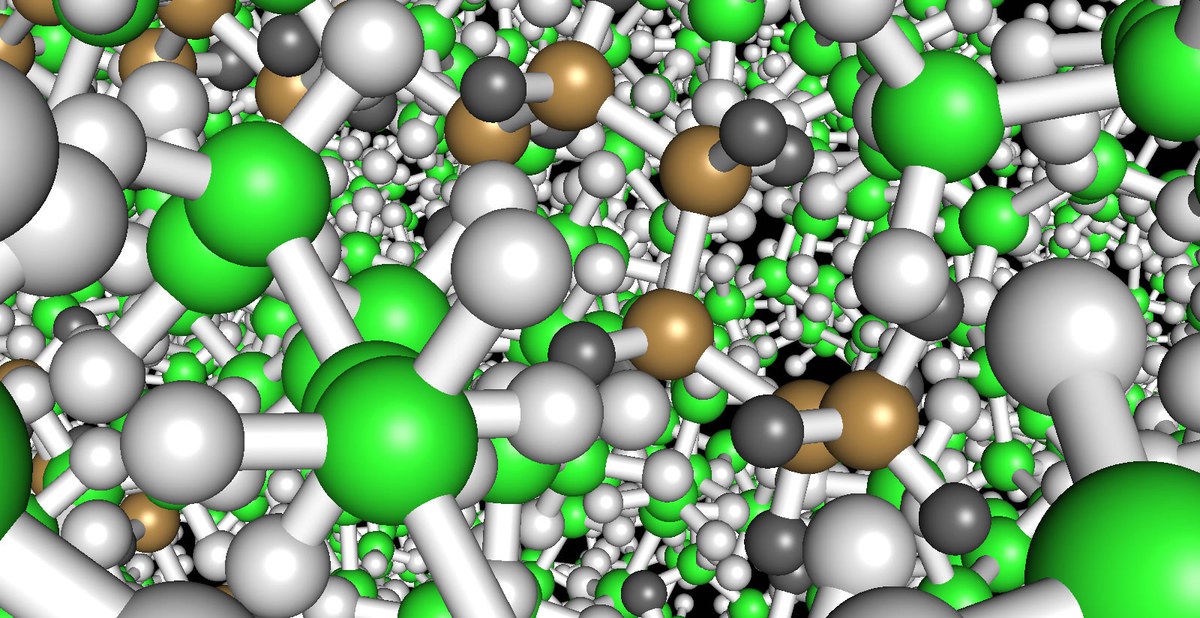Group Dynamics of Atoms
6 December 2013
How do long-chain molecules move in their liquid melt? Researchers at the Jülich Centre for Neutron Science, the Technische Universität München and the University of Strasbourg have been studying this question, under the direction of Prof. Tobias Unruh’s research group at the Friedrich-Alexander-Universität Erlangen-Nürnberg (FAU). With the help of neutron scattering experiments and computer simulations, they were able for the first time to confirm experimentally a new theory which indicates that the melts are not only of a viscous consistency like honey, but also demonstrate elastic properties similar to those of a rubber band. This so-called viscoelastic property leads to coordinated movements from larger atom groups within the melts. The results contribute to a better understanding of mass transport in liquids, which determines to a significant extent the progress of many technologically-relevant processes, for example, the charging and discharging of batteries, electrolysis, and chemical reactions such as catalysis in its liquid phase.

During neutron scattering experiments at the Heinz Maier-Leibnitz Zentrum in Garching, near Munich, the researchers took advantage of the fact that neutrons alter their speed and trajectory when they collide with molecules on a sample heated to 236 degrees Celsius. The scientists measured these changes in movement, and based on this were able to draw conclusions about the arrangement of the atoms and their movements within the sample. The experimental results were in excellent agreement with the computer simulations. A detailed evaluation of the experimentally-supported simulation calculations showed that the atoms of the molecules in the sample move in groups together for a short time before these groups disintegrate, and the atoms connect with other groups which then too disintegrate, and so on. In the current published work, for the first time it could be demonstrated on the basis of experimental simulations, that viscoelastic hydrodynamic interactions significantly influence the movement of molecules in polymer melts on a short time scale.
Original Publication:
Collective Intermolecular Motions Dominate the Picosecond Dynamics of Short Polymer Chains; H. Morhenn, S. Busch, H. Meyer, D. Richter, W. Petry, T. Unruh;
Phys. Rev. Lett. 111, 173003 (2013); DOI:
10.1103/PhysRevLett.111.173003Jülich Centre for Neutron Science – Neutron Scattering (JCNS-1)
